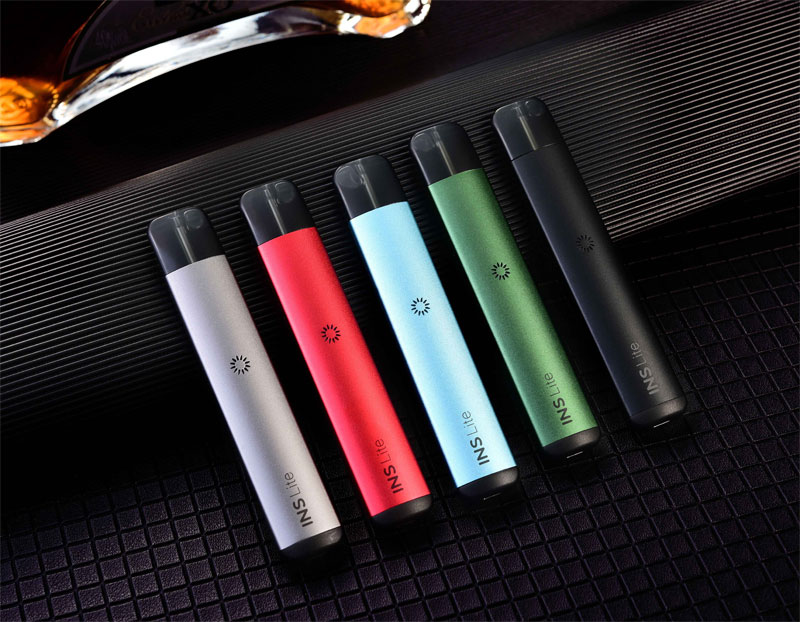
Unveiling the Ingredients of E Cigarettes: A Chemical Perspective
The realm of e-cigarettes has experienced exponential growth over the last decade with consumers intrigued by its perceived benefits over traditional smoking. While they might seem less harmful, it’s crucial to delve into the myriad of e-cigarettes chemicals that contribute to these devices’ functionality. One can’t overlook the infamous nicotine, which plays a pivotal role in both e-cigarettes and conventional tobacco products, fueling addiction and its host of health implications.
Besides nicotine, a variety of other ingredients form the e-liquid concoction. Propylene glycol (PG) is a common base chemical, acting as a carrier for flavoring and nicotine. It’s known for producing a throat hit similar to that of traditional cigarettes, making it a preferred choice for smokers transitioning to vaping. On the other hand, Vegetable glycerin (VG) offers a smoother inhale and contributes to thicker vapor clouds, often favored by cloud-chasing enthusiasts.
Flavorings are another enticing aspect of e-cigarettes, appealing to users with diverse tastes from classic tobacco to exotic fruits. However, it’s imperative to be cautious, as some flavorings might contain harmful chemicals when inhaled. For instance, certain buttery flavorings are linked to diacetyl, a compound associated with “popcorn lung,” a serious respiratory condition. Meanwhile, the presence of acetyl propionyl and acetoin in some flavors adds to the potential risks, although they are touted as safe by manufacturers.
when inhaled. For instance, certain buttery flavorings are linked to diacetyl, a compound associated with “popcorn lung,” a serious respiratory condition. Meanwhile, the presence of acetyl propionyl and acetoin in some flavors adds to the potential risks, although they are touted as safe by manufacturers.
The conversation surrounding e-cigarettes chemicals doesn’t stop with e-liquids. The hardware of the device also presents potential risks, particularly metals such as nickel, lead, and chromium. These metals can end up in the aerosol produced by the device, paving the way for toxicant exposure if not adequately refined and regulated. It’s not uncommon for these elements to leach from poorly constructed coils and tanks.
Health Implications
While e-cigarettes are often marketed as healthier alternatives to smoking, their chemical constituents raise significant health concerns. Researchers are actively evaluating whether long-term exposure to certain chemicals found in e-cigarettes can drive chronic conditions or aggravate pre-existing health issues. The discussion rings loudly around nicotine’s cardiovascular impact, while propylene glycol and vegetable glycerin raise questions regarding airway irritation.
Moreover, the interplay between various chemicals can lead to undiscovered and potentially hazardous interactions, a frontier yet to be fully explored by scientific research. Public health officials encourage consumers to thoroughly investigate these aspects before consumption and to be aware of evolving research findings.
#### How Can Users Minimize Risks?
- Stick to reputable brands that disclose their ingredient lists transparently.
- Opt for coils and devices made from high-quality materials, reducing metal contamination risks.
- Remain informed about ongoing research to adapt usage practices accordingly.
FAQs
What is the most harmful chemical in e-cigarettes?
Nicotine is arguably the most detrimental due to its addictive properties and associated health risks, although other chemicals like diacetyl also present significant dangers.
Are e-cigarettes safer than traditional smoking?
While some research suggests reduced exposure to particular toxicants compared to cigarettes, e-cigarettes are not entirely risk-free, containing their own set of harmful chemicals.
How can one verify the safety of e-cigarettes?
Investigate scientific studies, FDA regulations, and ensure product transparency regarding e-liquid constituents and device materials.